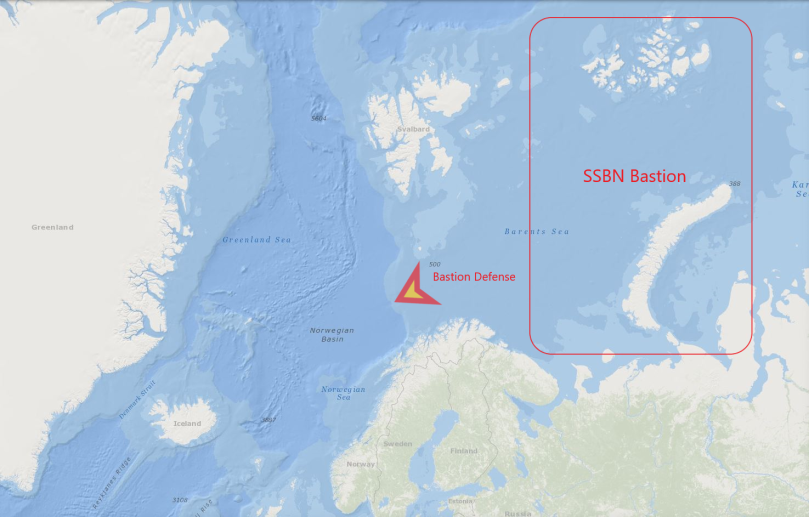How so? Elaborate.Apart from radar suite, Orao is more complicated. My point is that Czechoslovakia and/or Poland produce the fighter.
Also, "apart from the radar suite" is a pretty big "apart from".
How so? Elaborate.Apart from radar suite, Orao is more complicated. My point is that Czechoslovakia and/or Poland produce the fighter.
How so? Elaborate.
Also, "apart from the radar suite" is a pretty big "apart from".
As counterpoints: advanced turbofan engine as opposed to 50s turbojets; given the expected mission of your Soviet F-20 it'll also want a rough-field undercarriage; and not by much, or else that's totally overtaken by added avionics anyway.Two engines and engines' management, cross-flow fuel system, rough-field undercarriage, bigger allowance for weight and space for cannons and ammo.
The jump from Galeb/Jastreb to Orao was a big jump.
They still have to do installation and that's not an easy task.Radar suite is what Soviets will be doing
Slightly off topic but the R3R missile on mig21 was that BVR weapon? Could this new fighter use it ?

Slightly off topic but the R3R missile on mig21 was that BVR weapon? Could this new fighter use it ?
Hush Kit on line magazine did an article on the MiG Project 33 that might be of interest to this discussion. Here's the link

10 Incredible Soviet Fighter Aircraft that never entered service
Faced with such a mouth-watering menu of Soviet fighter projects that never entered service, it was almost painful to select a mere ten. I won’t promise anything, but when the Hush-Kit writer…hushkit.net
Thanks what kind of BVR weapon are you suggesting for your fighterRange (without declaring the conditions) seems to be 8 km - not much of a BVR missile, but certainly more useful against the incoming targets than that was the case with the chase-only AA-2 versions.
R-27 preferably. A radar-guided R-73 would've been interesting, too, but it was never made. Granted, the R-73 have had a fairly long range as per OTL.Thanks what kind of BVR weapon are you suggesting for your fighter
what about a version of R98M1 with better seeker for dealing with agile targets [like those on R4 missiles?]R-27 preferably. A radar-guided R-73 would've been interesting, too, but it was never made. Granted, the R-73 have had a fairly long range as per OTL.
R13 with radar guidance is the bare minimum.
Ideally yes but carrying a fleet fighter means bigger, more numerous carriers [as the 4 Kiev in separate fleet are so far apart during deployment] and associated expenses something the soviets can ill afford even in the best of timesYou'd be surprised. This is what the Arctic bastion encompassed:

Note where the bastion defense line itself is: in Norwegian waters outside of the range of most of the USSR's land-based fighters. And in any case, history has shown multiple times that the most efficient way to run fighter defense over a fleet is to bring the air cover yourself.
Because land-based air cover wouldn't incur increased expenses itself...Ideally yes but carrying a fleet fighter means bigger, more numerous carriers [as the 4 Kiev in separate fleet are so far apart during deployment] and associated expenses something the soviets can ill afford even in the best of times
Maybe equipping the mig23 with IFR would be a better option? And didn't the soviet older interceptors like tu128 for such purposes? To cover approaches from the arctic and to protect their SSBN from MPA
It's exactly because the Falcon doesn't have BVR that you want BVR capability for this fighter. It allows you to not play the F-16's game; the early models were positively murderous in WVR, best not to tangle with them there.what about a version of R98M1 with better seeker for dealing with agile targets [like those on R4 missiles?]
WHy does it need to have BVR missiles ? Even the early model Falcons did not have them
ANd how many do you think should be produced and will VVS operate it too ?
what about a version of R98M1 with better seeker for dealing with agile targets [like those on R4 missiles?]
WHy does it need to have BVR missiles ? Even the early model Falcons did not have them
ANd how many do you think should be produced and will VVS operate it too ?
It's only a market if you get paid.Well, it's just plain too hard to keep track of MiG-21 numbers, and in any case I doubt they'll be replaced 1-for-1. Still, even discounting Yugoslavia, who probably wouldn't merit such sensitive new tech, and Bulgaria, which seemed to prefer ex-VVS MiG-21bis, there's probably a market for 500 of these aircraft just in the Eastern Bloc states. Then consider this has a chance of cutting into contracts the F-16 got and which the more expensive MiG-29 couldn't get, not to mention the strong possibility of 150+ built in India.
I always thought that Warpac fighters will provide the distraction for unescorted Soviet strike planes to slip past NATO fightersIt's only a market if you get paid.
Basically the USSR gave weapons to it's War Pac allies and regarded them more as a source of manpower than as independent actors.
In that context making a fighter just for their use rather than just giving them standard soviet material doesn't make much sense. In a real war I assume the soviets considered them a useful diversion of NATO ressources, since while NATO would be busy shooting down Hungarian and Polish aircraft there would be less NATO assets to deal with the Soviet aircraft the USSR really cared about.
Considering their mission was to provide targets for NATO for a short while before the war was over or they changed sides MiG-21MF would do very nicely and even the more capable MiG-21bis would be a waste. For the soviets they were very realistic decoys.